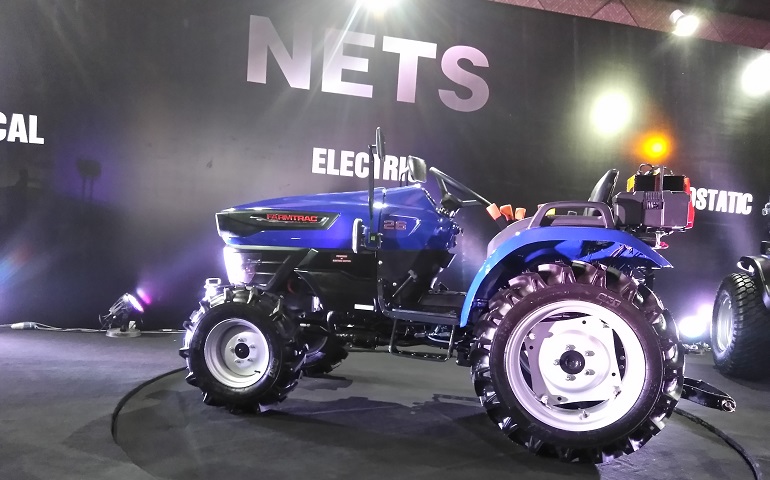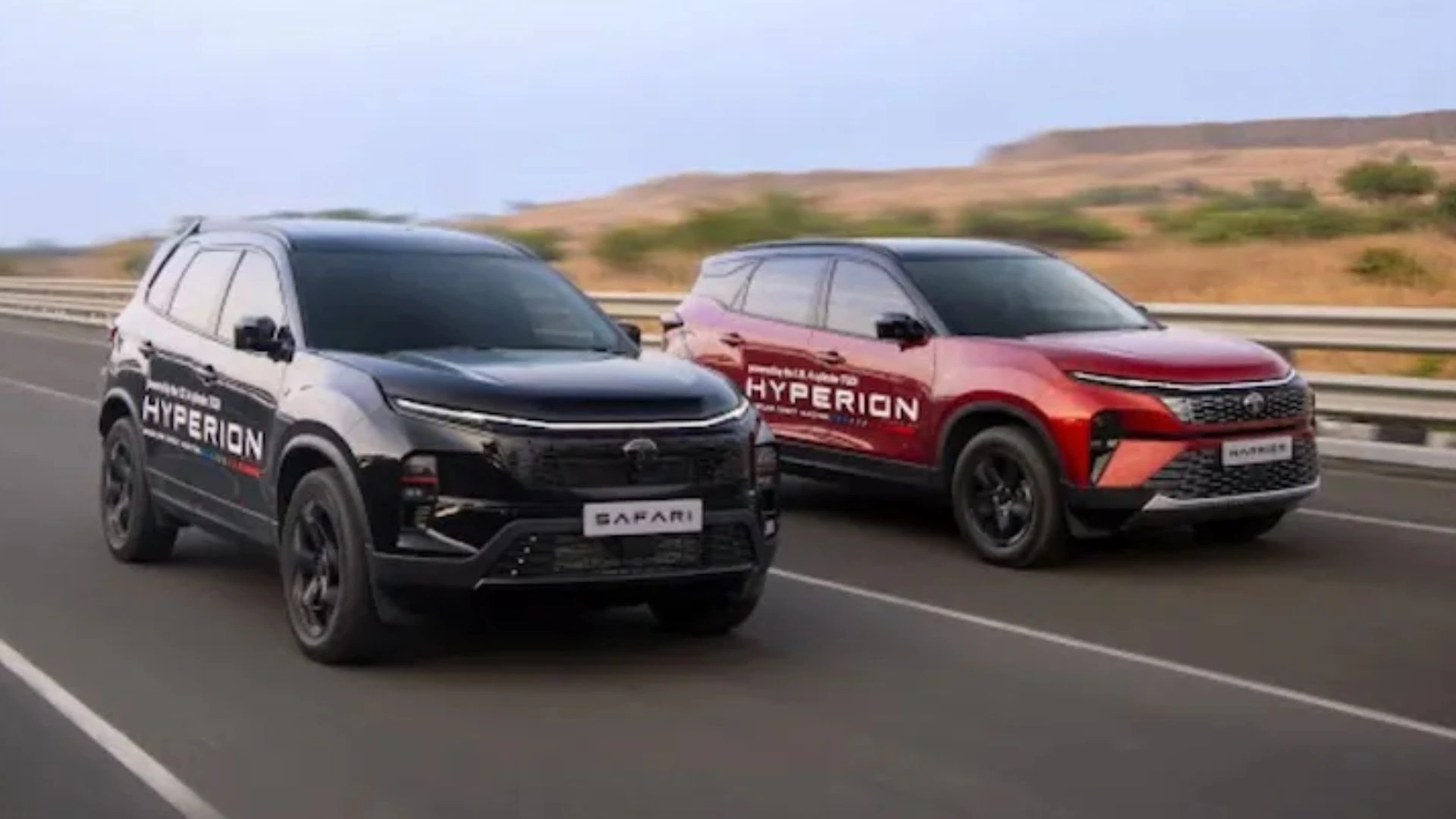- rn
- Autonomous tractors have been in expansion from the time when the concept of accuracy agriculture approached about in the 1980s. To try and save fuel and become more efficient, cultivators began making use of GPS technologies to lead their tractors across turfs. As novel know-hows made wireless communications easier and more dependable, these major steps in the direction of self-driving tractors put the foundation for the autonomous vehicles that are now extensively utilized in the huge-scale farming manufacturing. Although entirely autonomous tractors have not still been accepted for making use of the arena, that's not ending industrialists from evolving them. rn
- rn
- Self-driving tractors’ automatic planting organisms have excellent accurateness, subsequent in seed conservation and a considerably enhanced return on investment (ROI) for cultivators. rn
- The tractors’ devices can also gather info on soil conditions that offer upgraded maintenance of the equipment rn
- The crops and producing augmented data both rather than and after crop time. rn
- Self-driving tractors can decrease the amount of work and emphasize on employees, always helping for driving and handling a broad range of tasks on the farm. rn
- rn
- The humidity level of the earth rn
- The development of planting and mowing processes rn
- Current Yield rn
- The amount of fuel used on a given circuit or during a certain time period. rn
- rn
- Existing moisture levels in different fields rn
- Likely and present harvests rn
- Fertilizer and insecticide application charges rn
- Fuel consumption and other vehicular data rn











